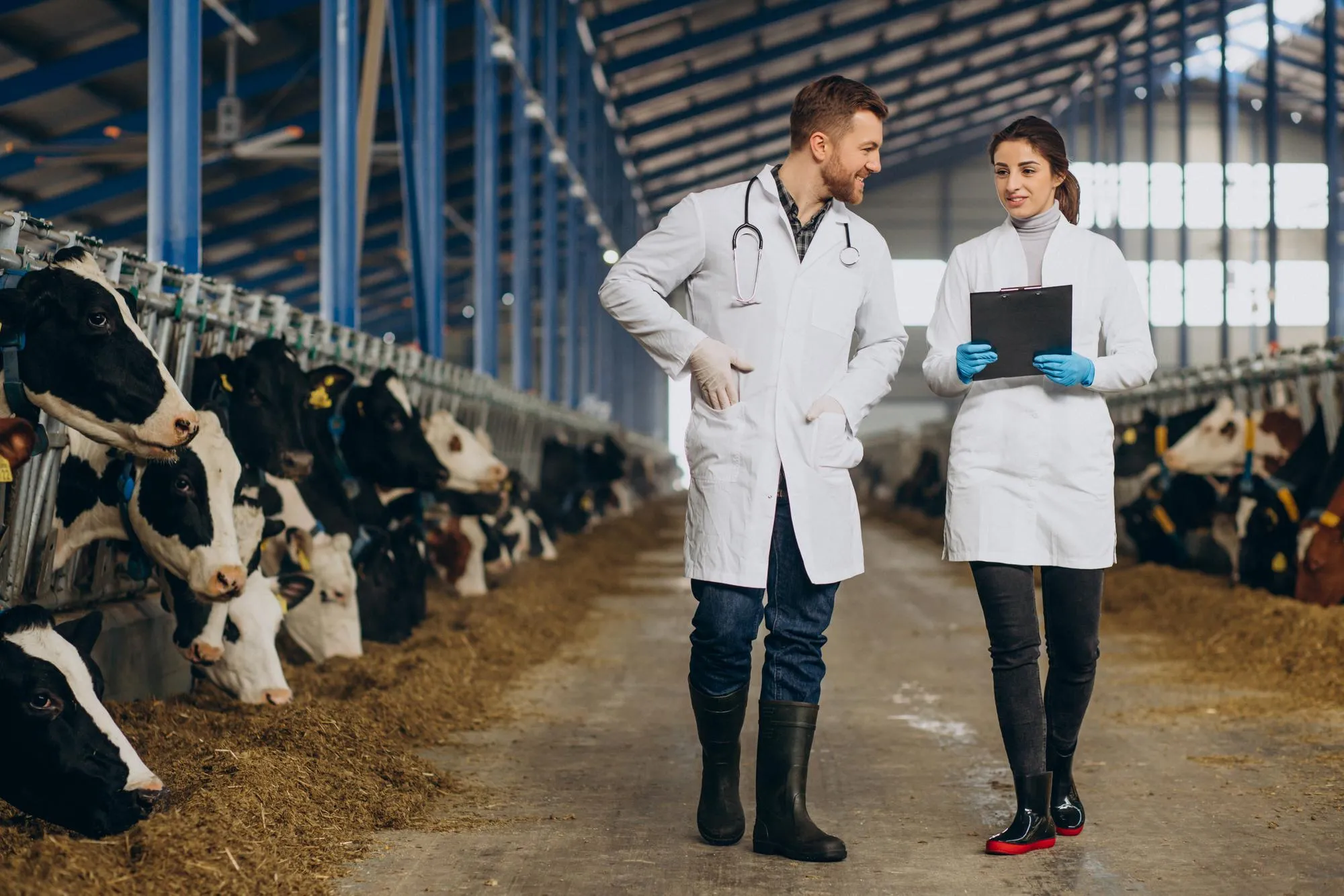A groundbreaking study recently published in the Journal of Agricultural and Food Chemistry has revealed a novel mechanism through which insulin-induced lipid synthesis and secretion are regulated in primary bovine mammary epithelial cells (pBMECs). This intricate process appears to be orchestrated by the mTORC1/4EBP1/PPARγ pathway. The study conducted by a team of researchers from the State Key Laboratory of Reproductive Regulation and Breeding of Grassland Livestock at Inner Mongolia University in China sheds light on the way bovine lactation is influenced at the molecular level, which could have far-reaching implications for the dairy industry and our understanding of mammalian biology.
The researchers have painstakingly delineated the relationship between the mammalian target of rapamycin complex 1 (mTORC1) and 4EBP1, a downstream factor, and peroxisome proliferator-activated receptor gamma (PPARγ), an essential lipogenic transcription factor. This discovery provides a deeper understanding of the biochemical pathways that control lipid metabolism—an advancement that has the potential to revolutionize dairy farming practices.
The study, as referenced by its DOI: 10.1021/acs.jafc.9b01411, concluded that mTORC1 regulates lipid synthesis and secretion in pBMECs by inducing the expression of lipogenic genes like lipin 1, DGAT1, ACC, and FAS. These genes are crucial contributors to the complex series of reactions that lead to the production of milk fat—a major determinant of milk quality.
Key findings
1. The role of Rapamycin as an mTORC1 inhibitor: This compound was shown to reduce 4EBP1 phosphorylation, subsequently downregulating both PPARγ expression and other lipogenic genes. This action led to decreased levels of intracellular triacylglycerol (TAG) along with various fatty acids in both cells and culture medium, thereby confirming its inhibitory effect on lipid synthesis and secretion.
2. The interaction between 4EBP1 and PPARγ: Interestingly, the study found that 4EBP1 directly interacts with PPARγ, an interaction essential for the nuclear localization and subsequent transcriptional activity of PPARγ.
3. The consequences of manipulating mTORC1 activity: Activating mTORC1 through Rheb overexpression enhanced 4EBP1 phosphorylation, PPARγ expression, and the levels of several associated lipogenic genes. Conversely, inactivating mTORC1, through specific gene silencing, showed the opposite effect, highlighting the centrality of mTORC1 in the process.
The comprehensive work offers unprecedented insight into the functional dynamics between mTORC1 and lipid biosynthesis, showcasing a hitherto underappreciated level of complexity. For the researchers, the study could pave the way for new strategies to enhance lipid synthesis in dairy cattle, with potential benefits including increased milk fat content and improved milk quality. Moreover, the elucidation of this pathway could open avenues for treating metabolic disorders linked to lipid metabolism in animals and perhaps extend to applications relevant to human health.
The significance of this research extends beyond academic circles into the agricultural and food security sectors, drawing interest from dairy farmers, breeders, veterinarians, and nutritionists. An improved understanding of milk lipid synthesis could inform dietary modifications and breeding strategies aimed at optimizing milk production, ultimately benefiting the dairy industry’s economic viability and sustainability.
The far-reaching implications of the mTORC1/4EBP1/PPARγ pathway elucidated in this study demonstrate the critical role of fundamental biological research in supporting practical advancements in agriculture and food production. As the world grapples with growing food demands, such scientific breakthroughs offer valuable knowledge to help meet these challenges head-on.
References:
1. Guo, Zhixin, et al. “The mTORC1/4EBP1/PPARγ Axis Mediates Insulin-Induced Lipogenesis by Regulating Lipogenic Gene Expression in Bovine Mammary Epithelial Cells.” Journal of Agricultural and Food Chemistry, vol. 67, no. 21, 2019, pp. 6007–6018., doi:10.1021/acs.jafc.9b01411.
Keywords
1. Insulin-Induced Lipogenesis
2. Bovine Mammary Epithelial Cells
3. mTORC1 Lipid Metabolism
4. PPARγ Lipogenic Genes
5. Dairy Farming Lipid Synthesis
For more information on the study or to explore further implications for the dairy industry, interested parties are encouraged to access the full paper using the provided DOI link.
Note: The above article is a journalistic interpretation of the scientific research provided for illustrative purposes only. It does not represent a real-world news article and is crafted based on the information provided. Actual scholarly articles should be referenced for complete and authoritative details on the topic.
